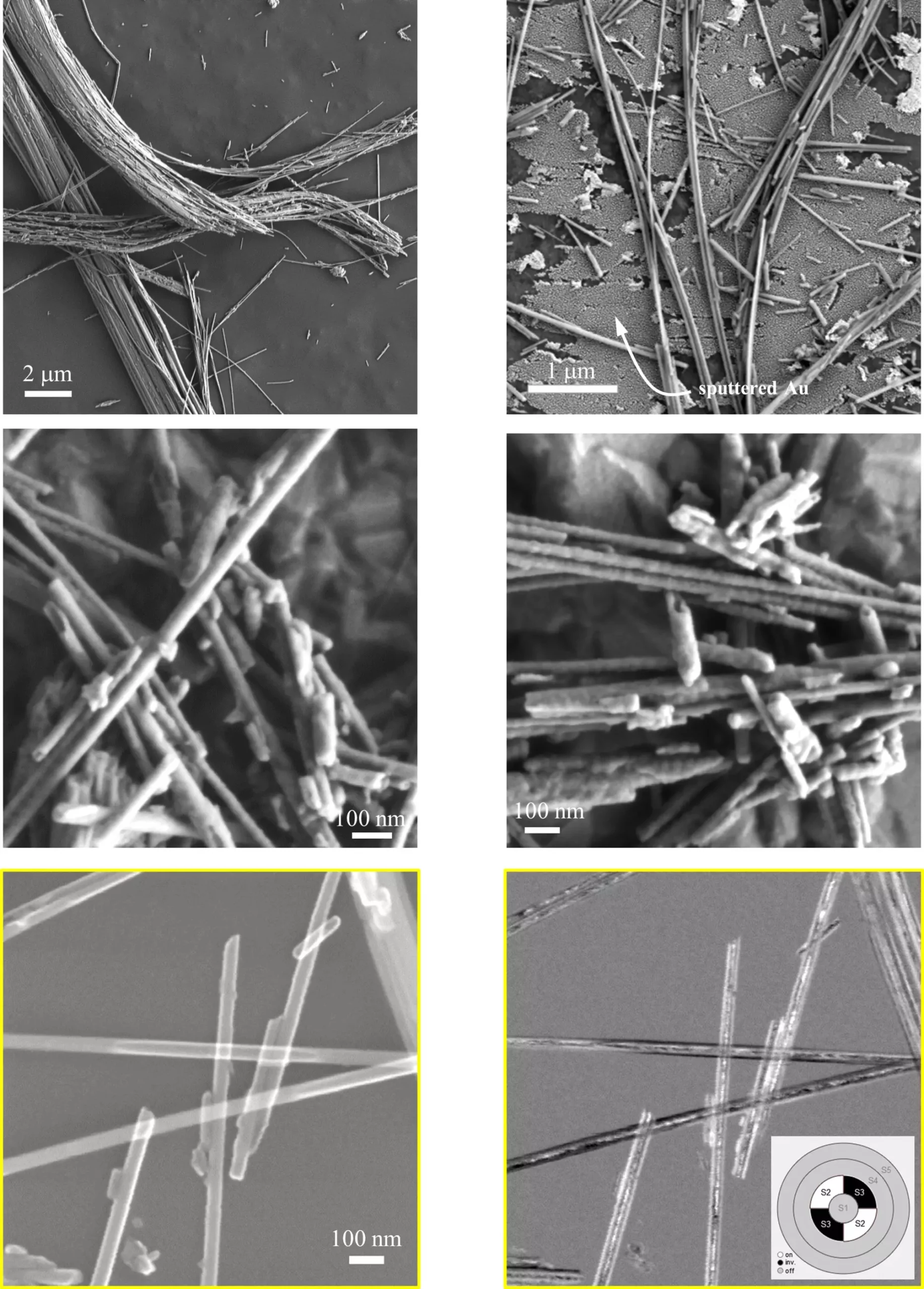Asbestos has been a persistent issue in the construction industry for many years, with testing procedures often being complex and costly. However, recent research conducted by the National Institute of Standards and Technology (NIST) has brought about a potential game-changer in the form of scanning electron microscopy (SEM) as a viable alternative to traditional methods. This breakthrough could revolutionize the way asbestos is identified and classified, ultimately leading to more efficient and cost-effective remediation processes.
For decades, transmission electron microscopy (TEM) has been the gold standard for testing asbestos in construction samples. However, TEM requires specialized labs and highly trained staff, making it both time-consuming and expensive. This has led to the exploration of alternative methods such as phase contrast microscopy, which while easier and cheaper, lacks the precision of TEM. The introduction of SEM as a third option has sparked interest due to its comparable results to TEM at a lower cost.
SEM, like TEM, utilizes electron beams to analyze microscopic samples of material. While TEM allows for more detailed imaging and better spatial resolution, recent advancements in SEM technology have closed the gap. Manufacturers have developed tabletop SEMs, making it accessible for on-site testing, unlike TEM, which still requires a lab setting. Training for SEM operation is also more straightforward compared to the expertise needed for TEM, leading to quicker implementation and reduced costs.
Researchers Jason Holm and Elisabeth Mansfield from NIST conducted a study using NIST Standard Reference Material (SRM) 1866, a sample of asbestos fibers. By analyzing the material with SEM, they were able to achieve results that closely matched the documentation provided with the SRM. This indicates the accuracy and reliability of SEM as a testing method for asbestos. The findings suggest that SEM is a suitable alternative for asbestos identification and classification, potentially streamlining remediation processes.
The implications of this research are significant for the construction industry, where asbestos remediation costs the United States an estimated $3 billion annually. By adopting SEM as a standard testing method, construction companies and regulatory agencies can potentially save time and money while ensuring the safety of workers and the public. The convenience and cost-effectiveness of SEM make it a promising tool for widespread adoption in asbestos testing procedures.
The advancements in asbestos testing methods, particularly the introduction of SEM as a viable alternative to traditional methods, mark a significant breakthrough in the construction industry. The potential for quicker, more cost-effective remediation processes could lead to a safer and more efficient approach to handling asbestos in buildings. The research conducted by NIST lays the groundwork for further exploration and implementation of SEM, paving the way for a new era in asbestos testing and remediation practices.


Leave a Reply